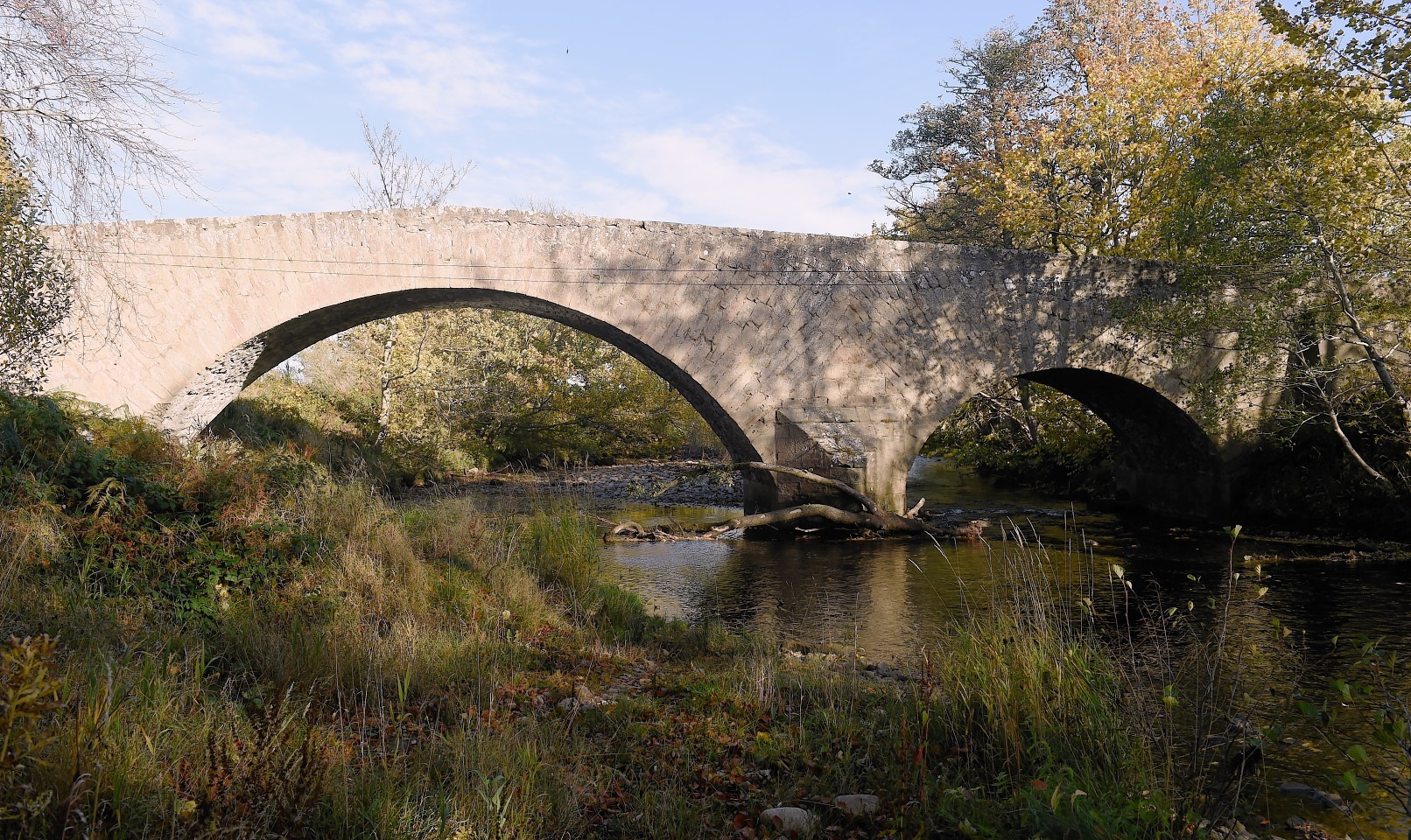Plans to build a new £2.25million bridge over the River Nairn have been approved by local authority officials.
The new crossing near Cawdor aims to safeguard the future of the 18th century, A-listed White Bridge, which currently carries the B9090 Nairn to Inverness road over the river.
The 1749-built bridge crosses the water just south of the community of Clephanton, with the road narrowing to a single lane, and traffic signals having been introduced to control vehicle flow across it.
Local residents have backed plans for a replacement, particularly after an 18-tonne weight restriction was put in place on the bridge in April last year following a structural assessment.
In 2015, Highland Council engineers recommended constructing a new bridge, with a single span of about 115ft and width of 33ft, about 100 yards upstream.
The plans have now been approved by local authority officers under delegated powers.
Construction is expected to take 12 months, with the new bridge opening to traffic next year.
Approving the application, the officers said: “The development will help to safeguard an A-listed structure – White Bridge, with the subsequent removal of traffic onto the new road.
“The new development will be set apart from the existing bridge which is to remain, with access restricted to pedestrian / cycle uses.”
Up to 15 mature trees may have to be removed to make way for the new road, but this is described as a “worst case scenario” and the council is aiming to keep disruption to a minimum.
The existing bridge is one of the oldest operated by the Highland Council and is still regularly used by farmers and commuters.
The planning approval report added: “The existing restrictions on the bridge are of public concern and have raised strong feelings in the local community for investment on a replacement bridge.
“This will significantly benefit local businesses and communities in the surrounding area.
“People will be able to access the trunk road network effectively, making access to and from the city of Inverness and other local interest spots more efficient.”
